Consumer Awareness
Consumer awareness regarding the environmental impact of construction materials is likely to be a driving force in the Reclaimed Lumber Market. As individuals become more informed about the benefits of using reclaimed wood, including its lower carbon footprint and contribution to waste reduction, the demand for such materials is expected to grow. Surveys indicate that a significant percentage of consumers are willing to pay a premium for sustainable products, which may translate into increased sales for the reclaimed lumber sector. This heightened awareness is anticipated to influence purchasing decisions, thereby enhancing the market position of the Reclaimed Lumber Market as consumers prioritize eco-friendly options.
Regulatory Support
Regulatory support for sustainable building practices is emerging as a significant driver for the Reclaimed Lumber Market. Governments are increasingly implementing regulations that encourage the use of reclaimed materials in construction, which may lead to a rise in demand for reclaimed lumber. For instance, certain regions have introduced incentives for builders who utilize sustainable materials, including reclaimed wood. This regulatory landscape is expected to foster growth in the Reclaimed Lumber Market, as compliance with these regulations becomes a priority for construction firms. The anticipated increase in projects utilizing reclaimed lumber could potentially elevate the market's value, making it a more attractive option for builders and developers.
Architectural Trends
Architectural trends that favor rustic and vintage aesthetics are driving the Reclaimed Lumber Market. Designers and architects increasingly incorporate reclaimed wood into their projects to create unique, character-rich spaces. This trend is particularly evident in residential and commercial buildings, where reclaimed lumber is utilized for flooring, beams, and accent walls. The market data suggests that the demand for reclaimed wood products has surged by approximately 20% in recent years, as consumers seek distinctive materials that tell a story. This inclination towards architectural styles that embrace the charm of reclaimed wood is likely to continue, further propelling the Reclaimed Lumber Market as it aligns with contemporary design preferences.
Sustainability Initiatives
The increasing emphasis on sustainability initiatives appears to be a primary driver for the Reclaimed Lumber Market. As consumers and businesses alike become more environmentally conscious, the demand for reclaimed lumber, which reduces deforestation and waste, is likely to rise. In 2025, the market for reclaimed wood is projected to reach approximately 1.5 billion USD, reflecting a growing preference for eco-friendly materials. This trend is further supported by various governmental policies promoting sustainable building practices, which may encourage the use of reclaimed lumber in construction and renovation projects. Consequently, the Reclaimed Lumber Market is poised to benefit from this shift towards sustainability, as more stakeholders recognize the value of using reclaimed materials in their projects.
Innovative Product Development
Innovative product development within the Reclaimed Lumber Market is fostering new opportunities for growth. Manufacturers are increasingly exploring ways to enhance the quality and versatility of reclaimed wood products, leading to the introduction of engineered reclaimed lumber and other innovative solutions. This evolution in product offerings is likely to attract a broader customer base, including those who may have previously overlooked reclaimed materials due to concerns about durability or availability. The market data indicates that the introduction of new products could potentially increase market penetration by up to 15% in the coming years. As the Reclaimed Lumber Market continues to innovate, it may solidify its position as a viable alternative to traditional lumber.
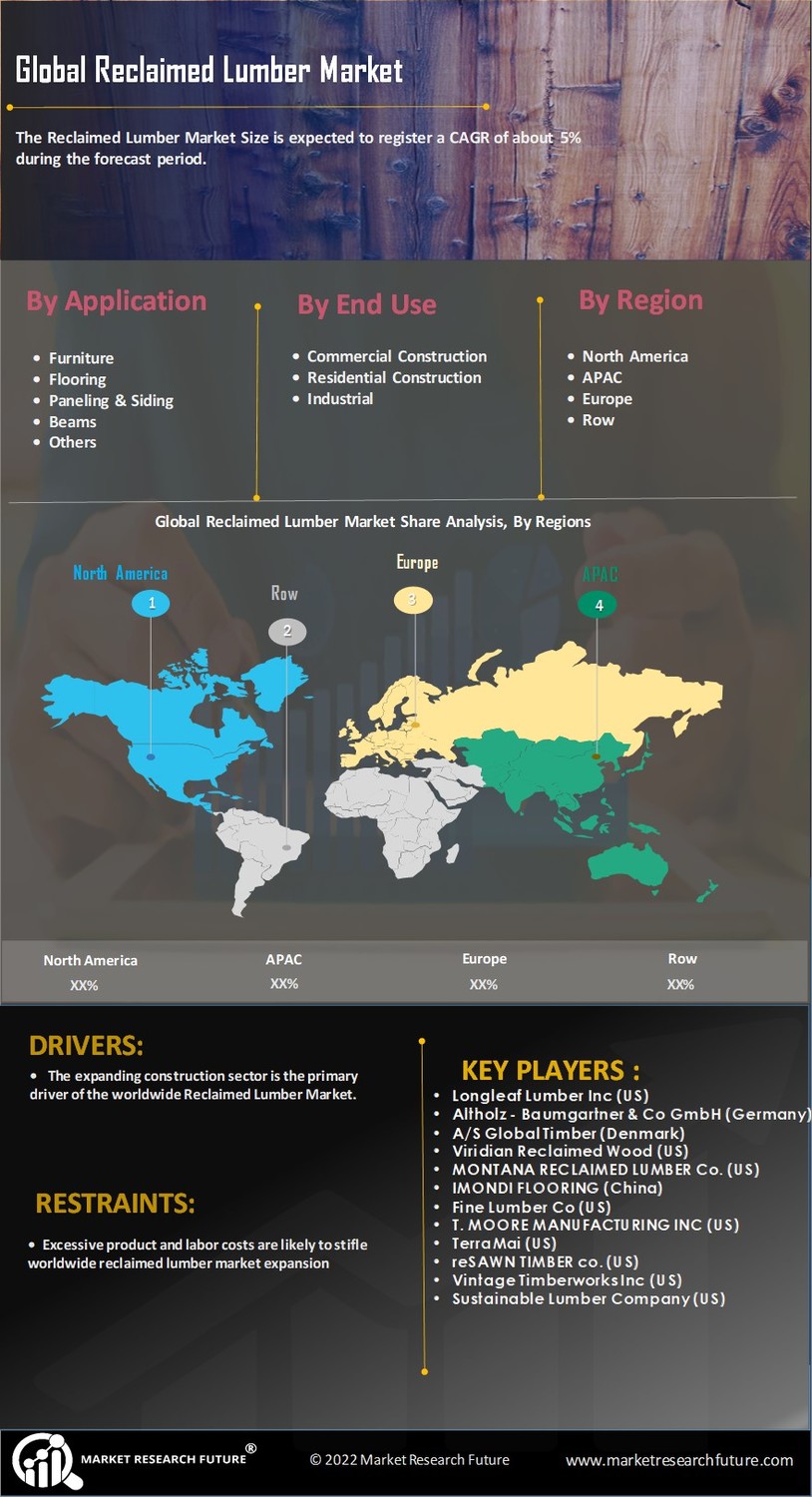

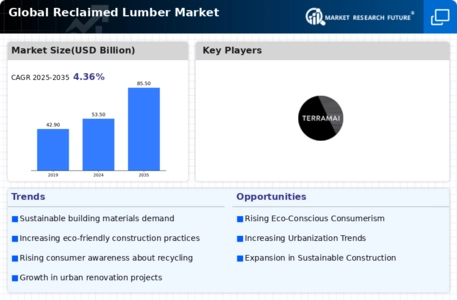

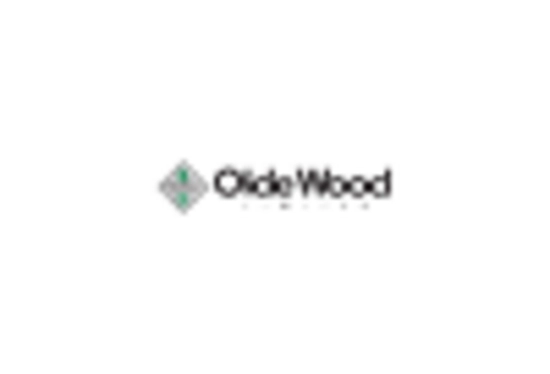
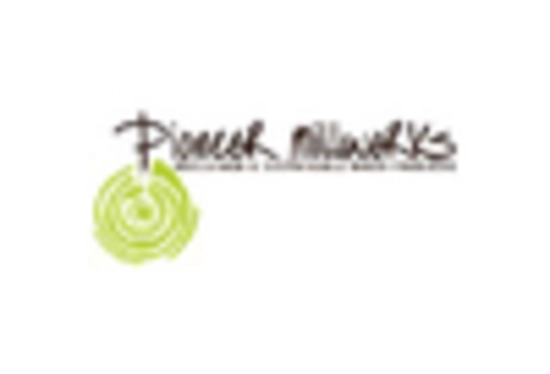

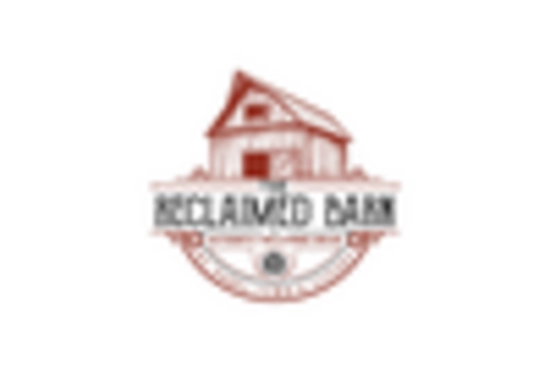
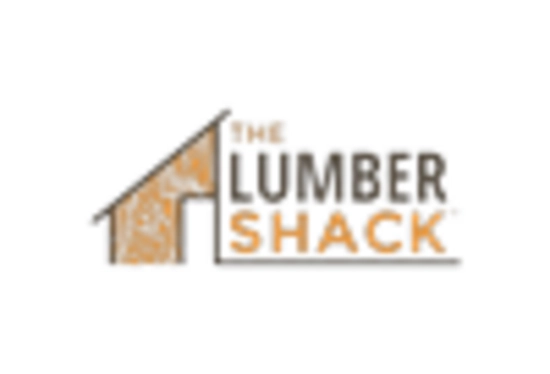









Leave a Comment